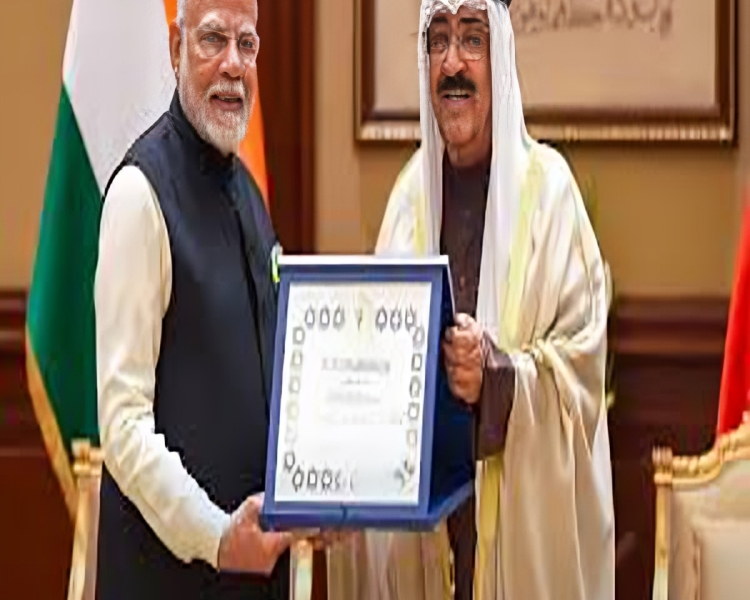The Central government on 9th February i.e. Thursday informed 5.9 million tonnes of lithium have been found in Jammu & Kashmir for the first time in the country.
Let us inform you, Lithium is a non- ferrous metal and is one of the significant components in EV batteries.
Mines Secretary Vivek Bhardwaj confirmed the news that for the first time in India, lithium reserves have been discovered in Jammu & Kashmir.
During the exploration by the Geological Survey of India (GSI), the Ferrous metal have been found in Reasi district of Jammu & Kashmir prior to this news, the mines Ministry had said that to enhance the critical mineral supply chain for growing mechanization and technologies, the central government was taking a few enterprising steps to ensure minerals, such as lithium, from Argentina and Australia.
Also Read :-RBI Permitted UPI Payment for Foreign Travelers to India – Check Details
At present times, India is import-relying for many minerals. For example lithium, nickel and cobalt. While speaking at the 62nd Central Geological programming board meeting, Mines secretary also informed that whether it a cell phone or a solar panel, these types of metal required all around. Concerning self- dependent country, it is necessary for India to search out critical minerals and also use it. He continued saying that if gold imports are reduced, then “our country will become aatmanirbhar (self- dependent)”.
Know about Geological Survey of India (GSI)
The GSI was established in 1851 with the moto to search coal deposit for Indian Railways during several years, GSI has not only developed into a depository of geo- science information needed in many fields in India but has also got the status of a geo- scientific organization of worldwide repute.
Its main function includes creating and renovating the national geo scientific information and mineral resource evaluation.
Its important role is to provide neutral and up to the minute geological expertise and geoscientific news of all types, with aiming on activities like deciding new policies and commercial and socio- economic requirements.



